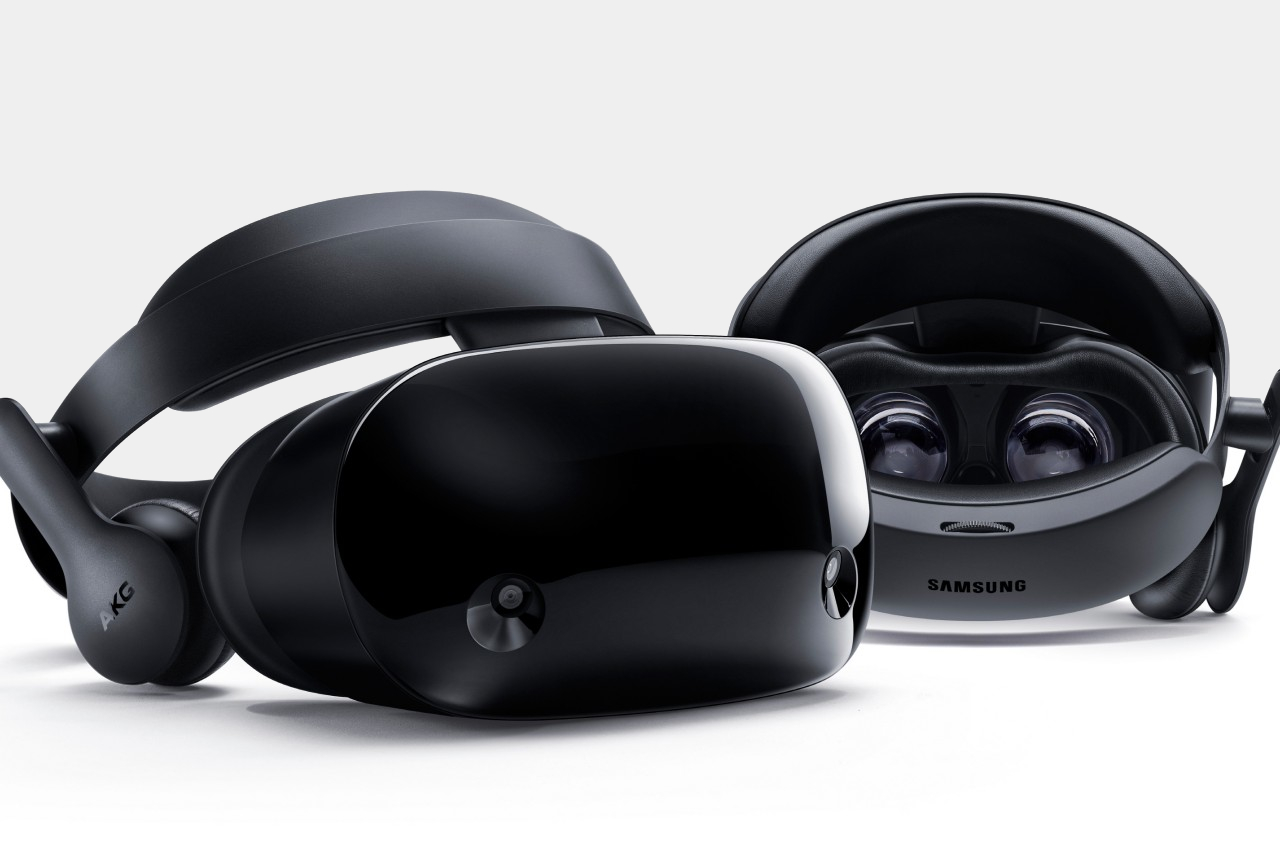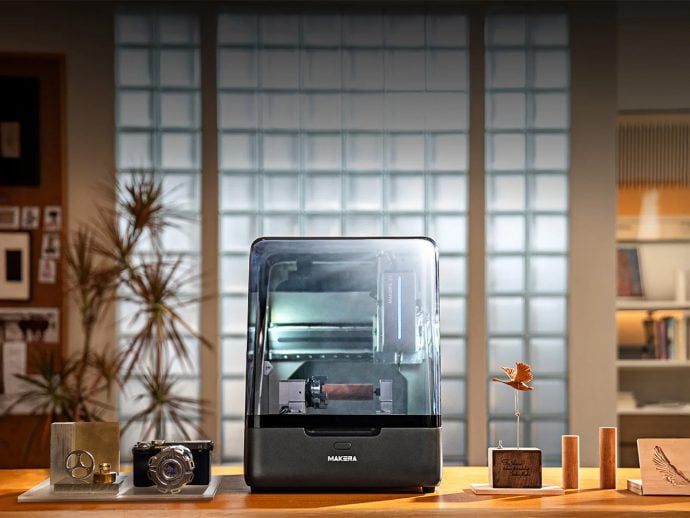
Samsung just announced quite a number of new devices, including its usual Galaxy S flagship smartphone trio. While this is normal fare for Samsung this time of the year, it made a few choice statements that suddenly got heads turning and, to some extent, scratching. Samsung practically revealed that it is working on an “extended reality” or XR wearable device, pretty much a headset, something that it hasn’t done in half a decade. While it was mostly an announcement of intent rather than a teaser of an actual product, it name-dropped a few big names in the tech industry as its partners in this endeavor. While the fact that Samsung is again making a headset isn’t really a world-shattering revelation, the timing of all these hints seems to be a little bit too convenient not to put it in light of Apple’s own upcoming mixed reality device.
Designer: Samsung (via The Washington Post)

Samsung is really no stranger to such headsets and is probably too familiar with their problems as well. It started out with the smartphone-powered GearVR, which it worked on together with pre-Facebook Oculus back in 2015. And then there was the HMD Odyssey which was one of the few Windows Mixed Reality headsets that launched and sputtered out. In both cases, the tech giant has taken a step back along with the rest of its peers, making this announcement all the more intriguing and suspicious.
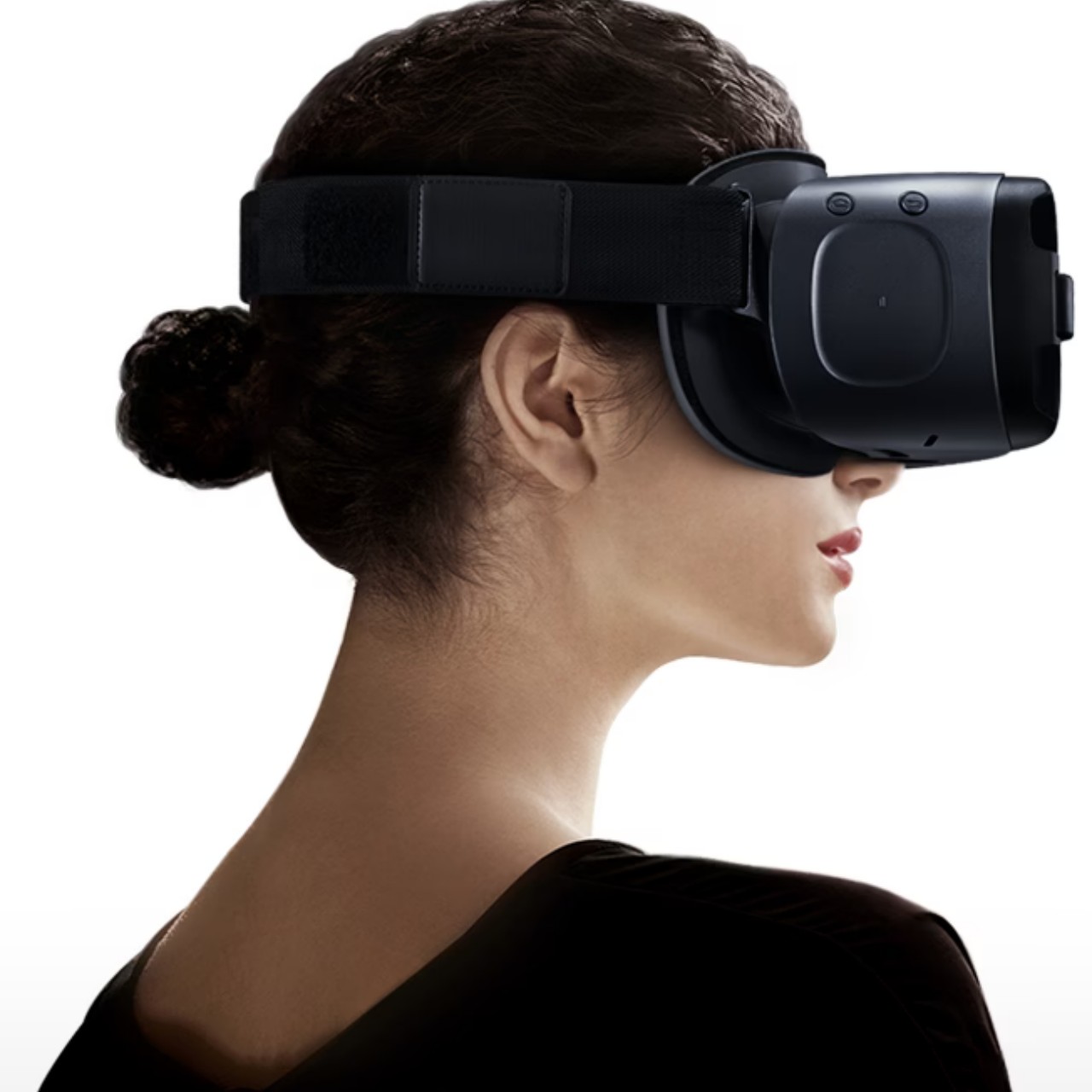

These days, there are very few notable players in the VR and AR space, with Meta (formerly known as Facebook) and HTC Vive still competing for top slots. Microsoft has pretty much forgotten about its HoloLens, and Google is being typically Google-ish about its remaining ARCore platform. Surprisingly, these are the very same companies that Samsung will be working with for its XR wearable, bringing the who’s who of Big Tech together with a single mission.
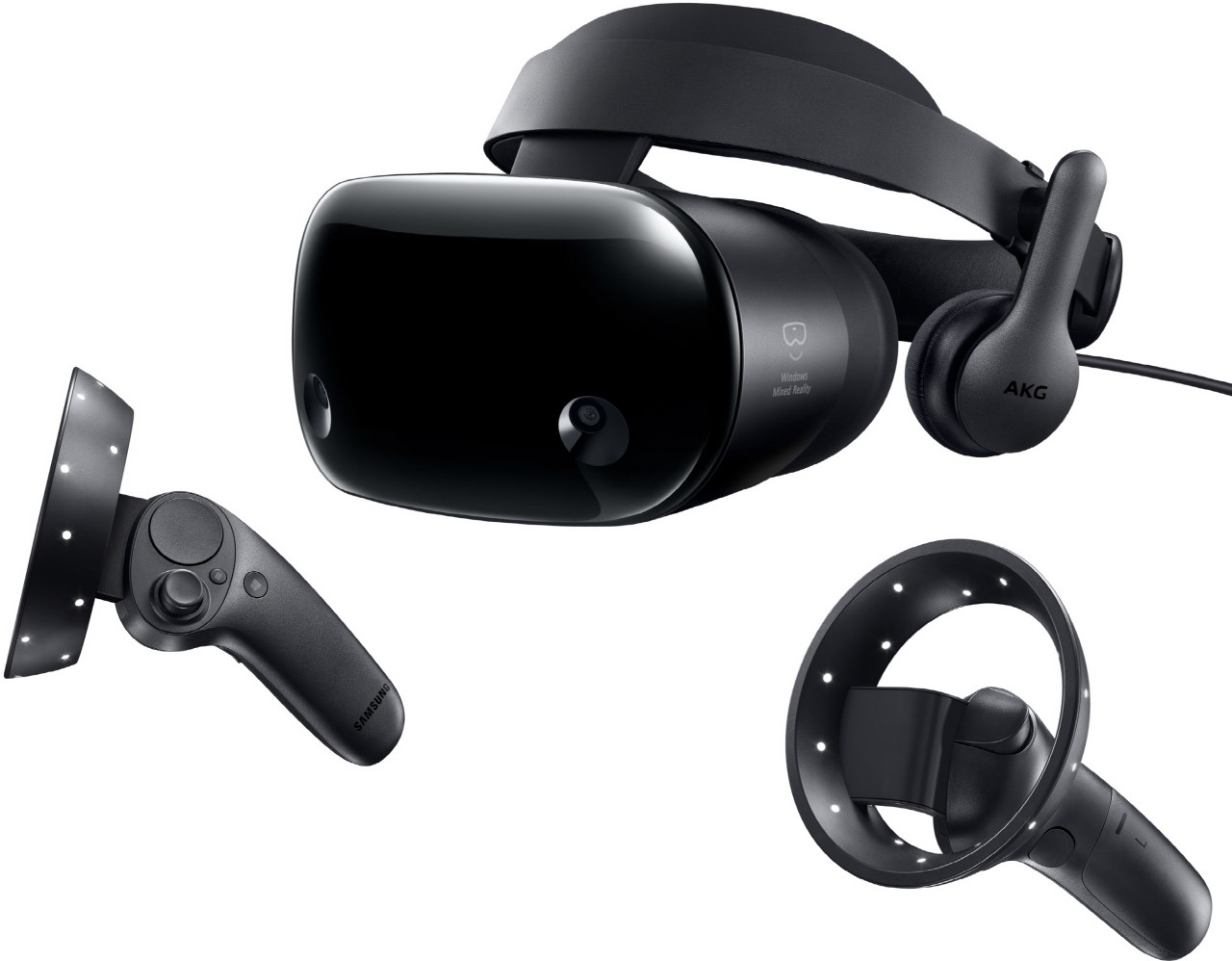
Details about the device itself are scant, but Samsung did let it out that it will be powered by a Qualcomm chipset and run an unannounced version of Android made specifically for headsets. More important than the hardware, though, Samsung’s name-dropping is meant to suggest that it is establishing a more stable ecosystem before it actually launches the product. The reason why many attempts at this niche market failed was that they were too focused on the product without an ecosystem giving it a reason to exist in the first place.
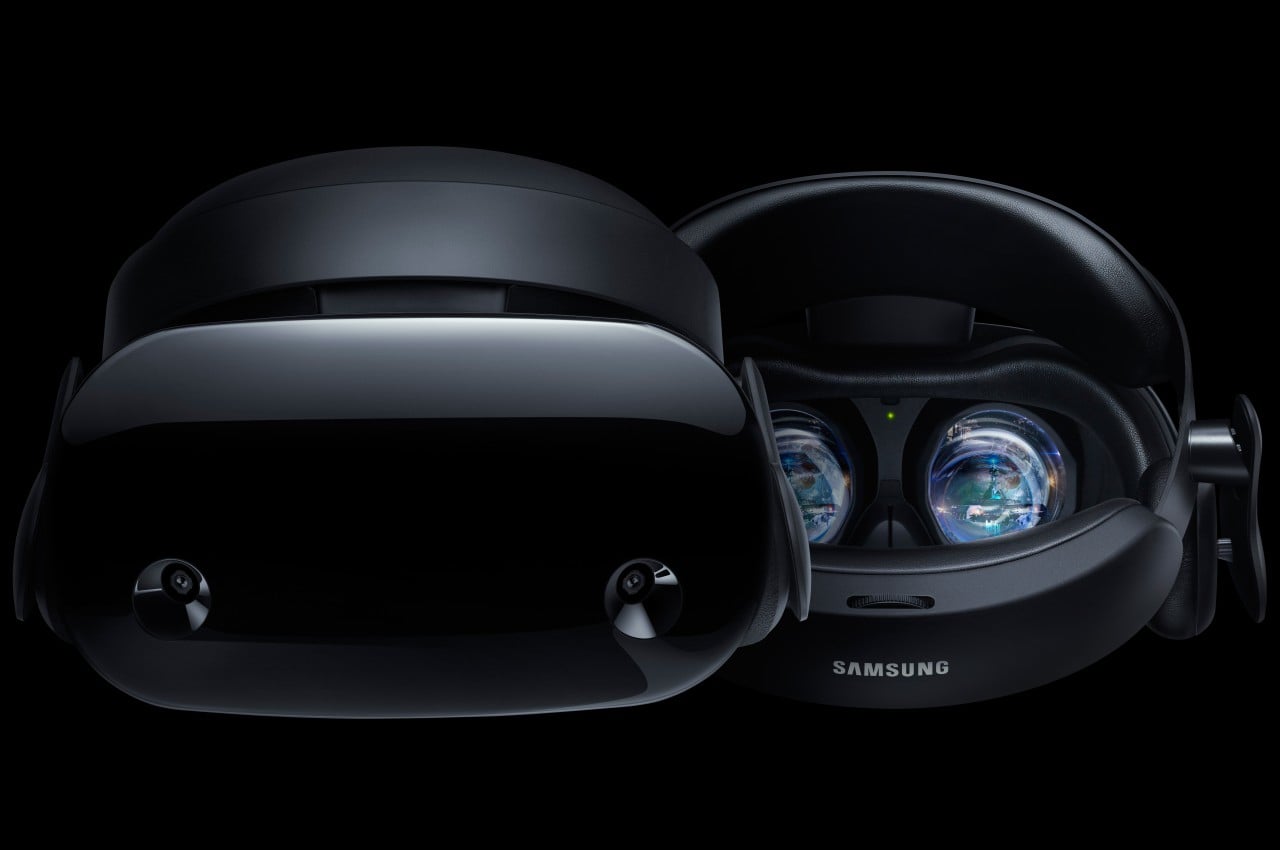
Apple isn’t going to have that problem when it launches its own MR device this spring, given how all its products pretty much live within Apple’s universe. Its rivals, however, don’t have something like it and will have to join forces to deliver something worthwhile. Of course, these companies, Apple included, still need to make a convincing argument about why you would want to wear a screen on your face. And as these same companies experienced, that’s not a particularly easy proposition to sell.

